Alps Mountain range is one of the most popular in the world. It attracts millions of tourists every year from all over the world. Here are some interesting facts about the Alps:
- The formation of the Alps started some 300 million years ago. It was a process spread between various episodes from the Paleozoic Era to the Mesozoic Era to the Jurassic Period. From a single tectonic plate, the Pangaean supercontinent broke into many plates, thus forming the Tethys Sea between Laurasia and Gondwana. Mountain ranges called the Alpide belt were formed when the Tethys was squeezed between the colliding plates – a process that continues till now. This orogenic process led to the formation of the Alps, caused by the collision between the Eurasian and the African plates.
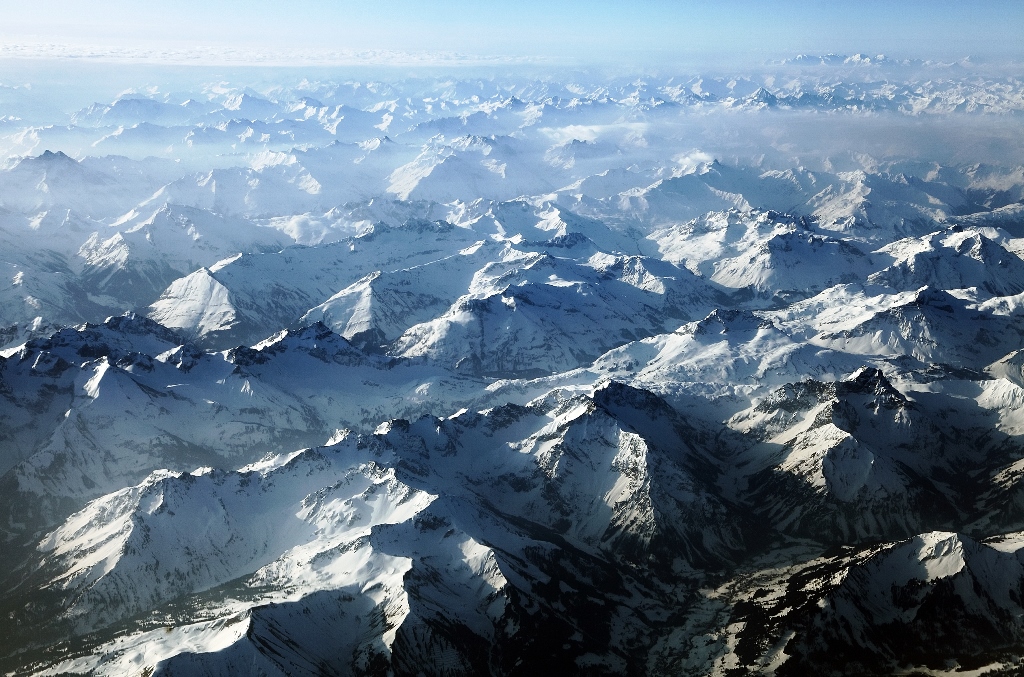
Aerial View of the Swiss Alps - Covering eight counties, the Alps are located in Middle-Southern Europe and cover a distance of 1,200 km. This crescent shaped mountain range is majorly divided into Western Alps and Eastern Alps. The division is along the line from Lake Constance through the Rhine to Lake Como. The Western Alps are located in Italy, France, Monaco and Switzerland, the Eastern Alps in Austria, Germany, Italy, Liechtenstein, Slovenia and Switzerland.
- Alps have been extremely important from a historical point of view. Even before antiquity, countless numbers of armies crossed the Alps, including Caesar and other Roman leaders during the expansion of the Roman Empire. In the Middle Ages, post the fall of the Roman Empire, barbarian hordes looking for a new settlement migrated through the Alps.
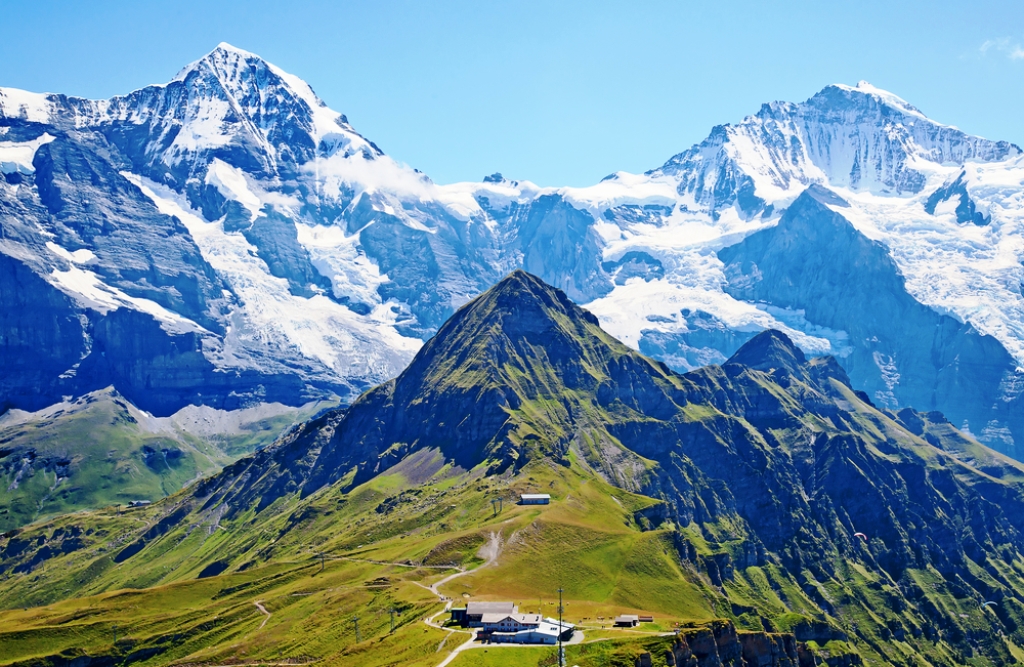
Famous Mount Jungfrau in the Swiss Alps - In 1991, a mummified man nick-named Otzi the Iceman was found at the Austrian/Italian border in the Alps. It is said to be 5,000 years old. In the Drachloch cave above the village of Vattis in the canton of St. Gallen, radiocarbon dated charcoal placed around 50,000 years ago was found. It proved that the high peaks in the Alps were visited by prehistoric people.
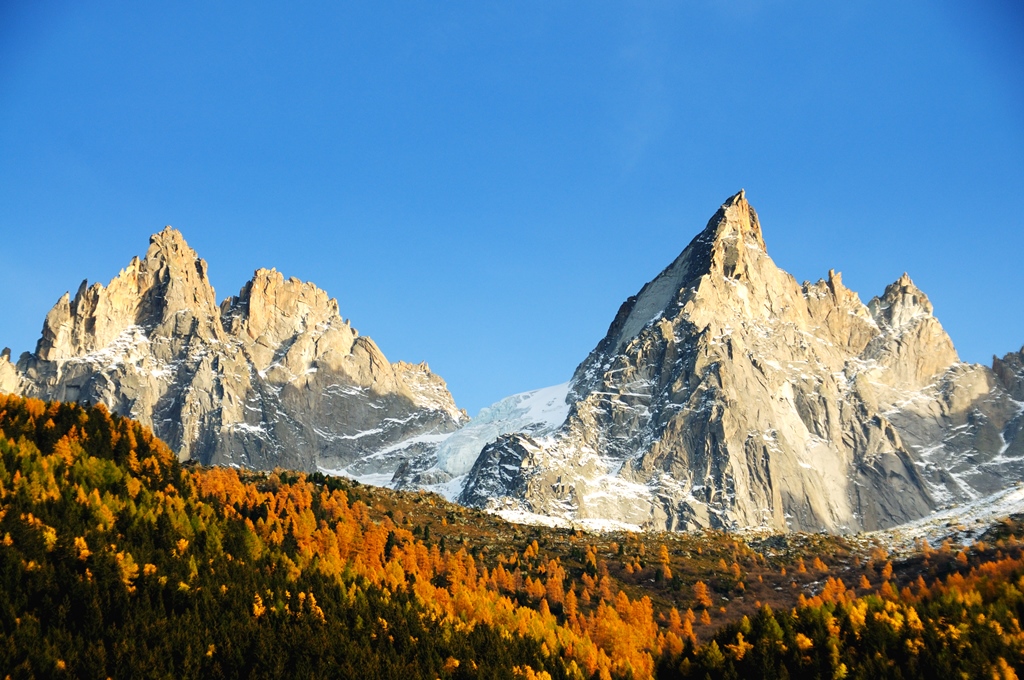
Mont Blanc - Mont Blanc at 4810 m and Piz Bernina at 4052 m are the highest peaks in the western and the eastern Alps respectively. Matterhorn is another popular mountain that is considered tougher to ascent due to its pyramid like shape, steepness and regular avalanches. Jacues Belmat and Dr. Packard became the first to ascend Mont Blanc on 8th August, 1786.
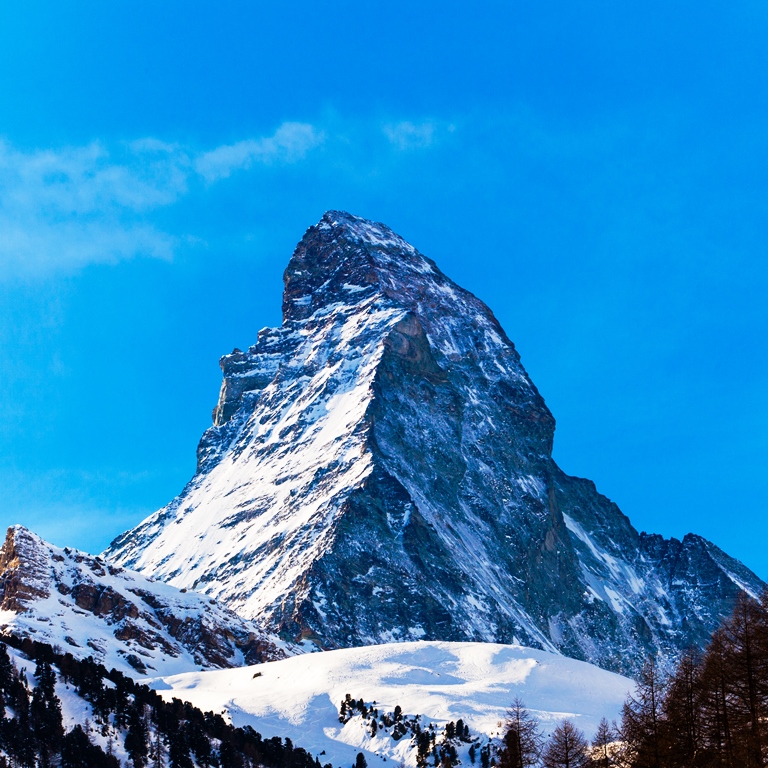
Matterhorn - Alps region is home to approximately 14 million people. Attracting 120 million visitors every year, Alps is one of the most popular tourist destinations in the world. It has some extraordinarily beautiful resorts like Oberstdorf in Bavaria, Saalback in Austria, Chamonix in France, Cortina d’Ampezzo in Italy and Davos in Switzerland.
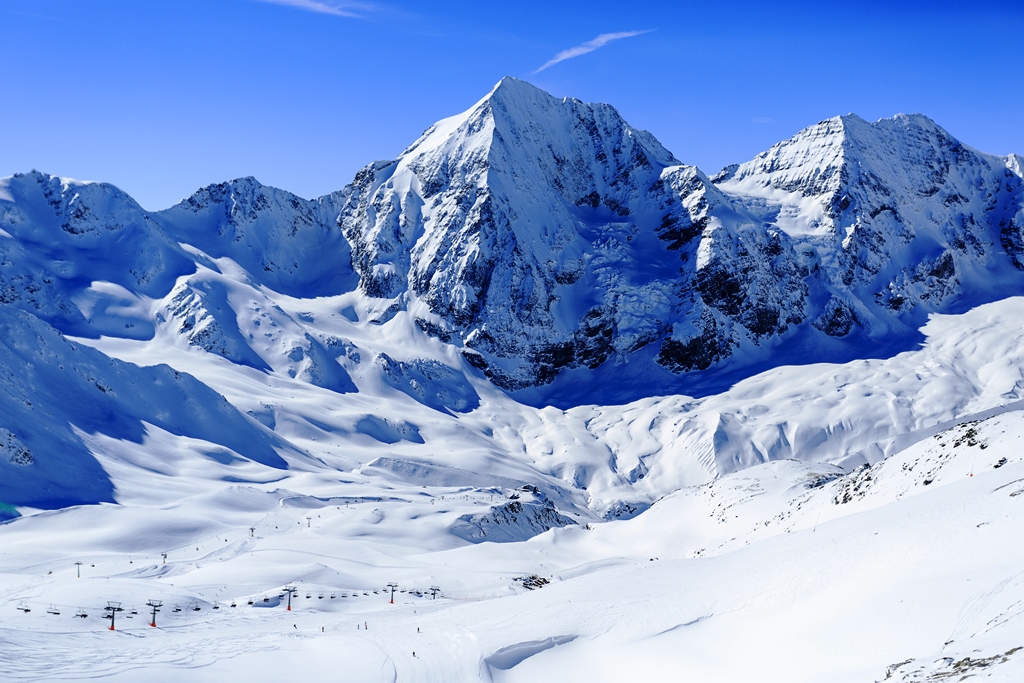
Ski run in Italian Alps - Alps cover about 11% of the surface area of Europe and still provide up to 90% of the water to lowland Europe, especially to arid areas during the summers. The water provided by the Alps is used for drinking, irrigation and to create hydroelectric power in over 500 power plants.
- With close to 500,000 inhabitants, Grenoble in Switzerland is the biggest city in the Alps and has earned the nickname ‘The Capital city of Alps’. Switzerland is one of the most famous tourist destinations in the world over, known for its Alpine scenery. Adventure activities like trekking, skiing and mountaineering can be enjoyed here in plenty.
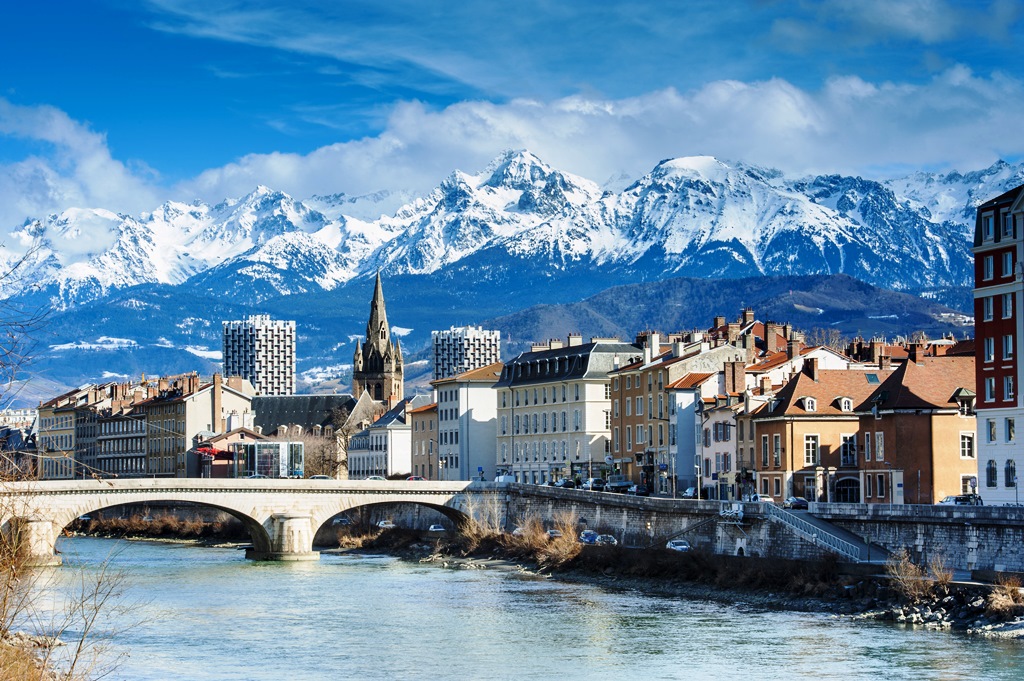
Grenoble, Switzerland - Above 9,000 feet in the Alps, there is a permanent snow blanket and many glaciers. Average peaks are 2.5 km high. Part of the cold winds blowing from the north is stopped by the Alps and their moisture content is also reduced. As a consequence, south of the Alps is warmer and dryer.
- Major European rivers like the Rhine, the Rhone, the Inn, the Ticino and the Po rivers, all of which have headwaters in the Alps, flow through the Alpine countries, finally emptying into the North Sea, the Mediterranean Sea, the Adriatic Sea and the Black Sea.

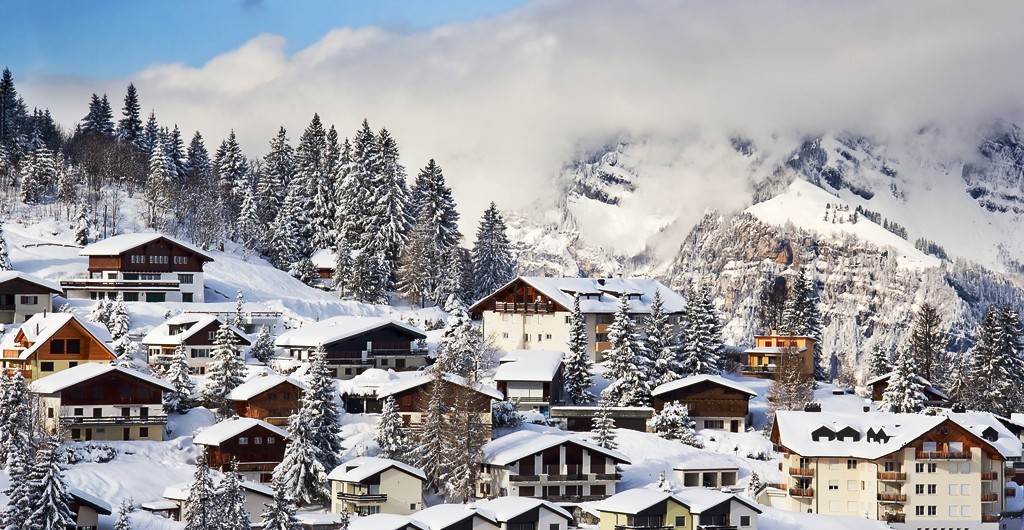


Comments